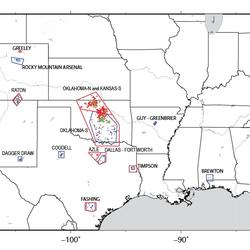Executive Summary Natural hazards—including earthquakes, tsunamis, volcanic eruptions, landslides, hurricanes, droughts, floods, wildfires, geomagnetic storms, and pandemics—can wreak havoc on human communities, the economy, and natural resources for years following an initial event. Hazards can claim lives and cause billions of dollars in damage to homes and infrastructure as well as...
Authors
K. Ludwig, David Ramsey, Nathan Wood, A.B. Pennaz, Jonathan Godt, Nathaniel Plant, Nico Luco, Todd Koenig, Kenneth Hudnut, Donyelle Davis, Patricia Bright














